The first online edition of #GAconf Europe was held on 5th-6th April across Zoom and Discord.
ALL PREVIOUS CONFERENCES
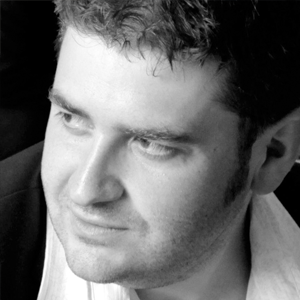
A round-up of some of the great progress made in the past 6 months.
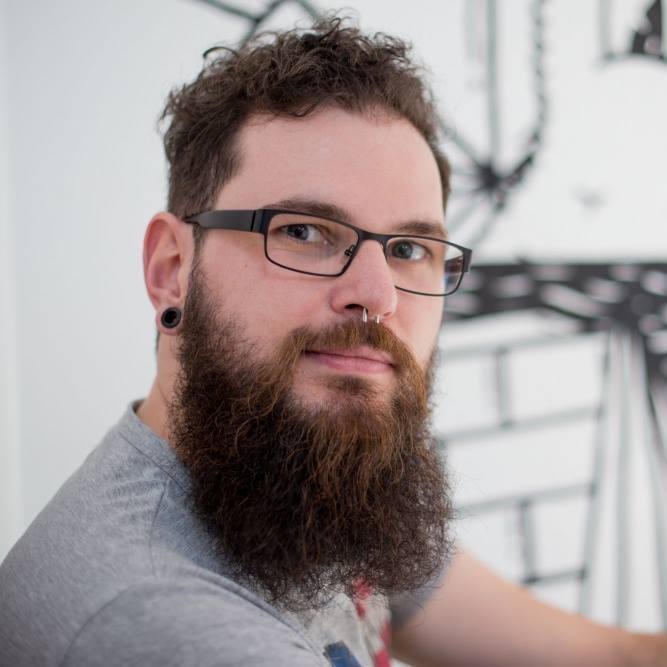
ScourgeBringer is a challenging and fast game which has been designed with accessibility in mind. Through this talk, we highlight what went right, what went wrong, and how we can improve on it.

You’ve evangelised for accessibility, the development teams have bought in, and they’ve begun adding accessibility features into their game. How do you then provide valuable and actionable feedback to them, and what is the best approach to take? In this talk, Mark will share how and why the PlayStation Studios User Research team transitioned from checklist-style accessibility reviews to a focus on holistically evaluating the impact that accessibility has across the entire user experience, as well the challenges and successes of shaping the process over the last 3 years.
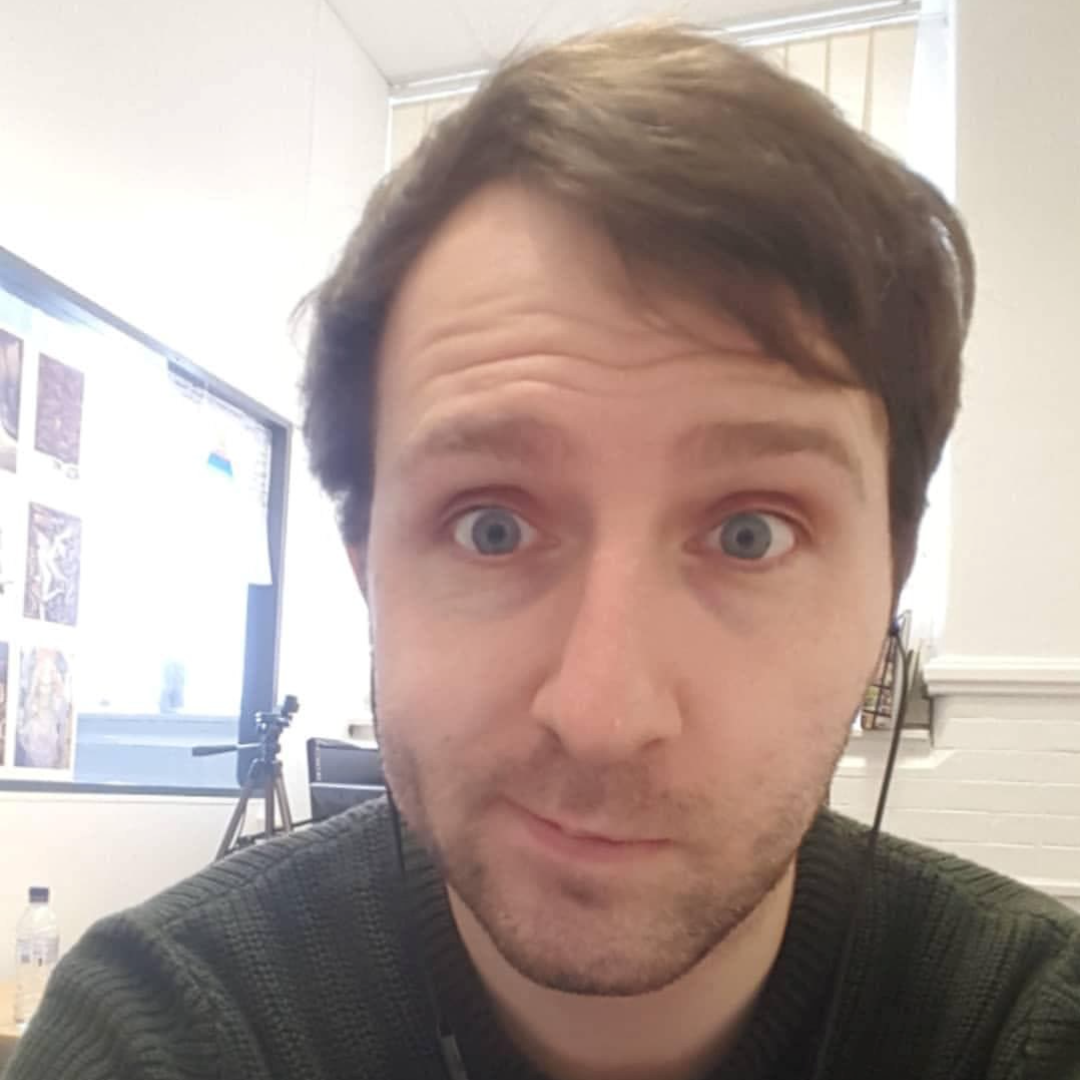
What is the current climate in the games industry like for a disabled developer? Panellists Laura, Licia, Brian and Chris discuss what it is like to be part of an industry, from recruitment to workplace culture.
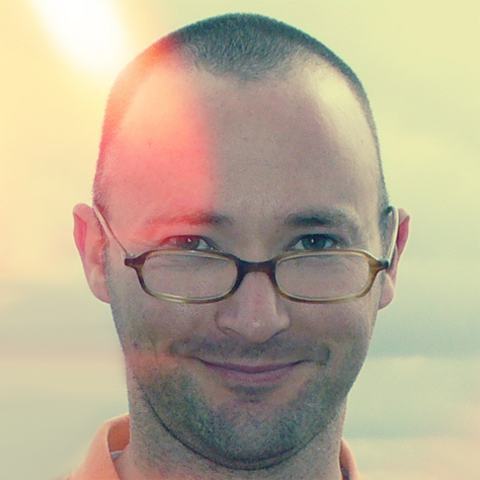
A story from the fledgling Accessible Gaming Museum. MAVIS: the first multi-purpose accessible computer and the tomorrow people who used it.

Laura Kate Dale is an autistic gamer with aphantasia, a condition where a person lacks a visual memory. In this talk, Laura covers a number of areas of game design that can cause problems for gamers with aphantasia, various solutions that can help make games more accessible, as well as games that are doing things well or poorly in this regard. Additionally, Laura discusses the ways in which accessibility support for gamers with aphantasia largely serve to benefit a wide range of gamers outside of the group with that specific condition.
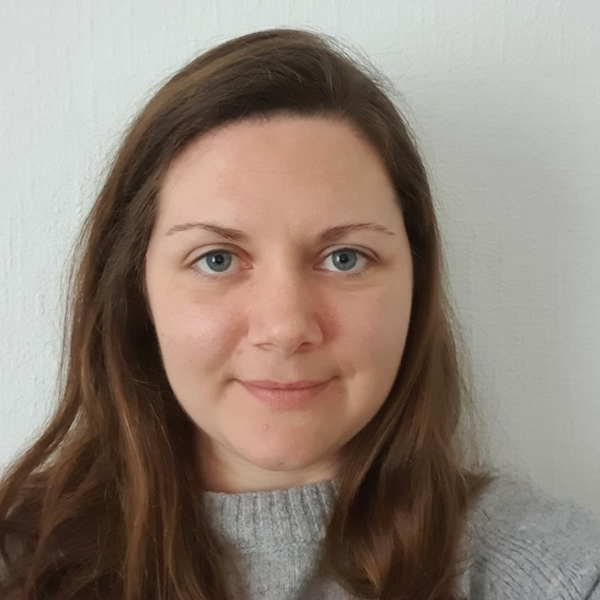
Key findings from Scope’s survey into the behaviours, motivations, and barriers faced by disabled gamers
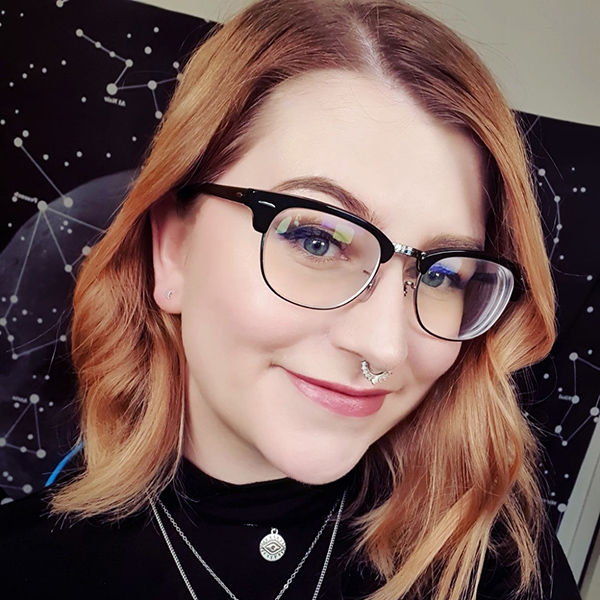
Stacey Jenkins is a disabled content creator and passionate advocate for accessibility in gaming. Their talk shines a light on what it’s like to be a gamer with cognitive difficulties and how some of their favourite games have provided the tools to break down those barriers.
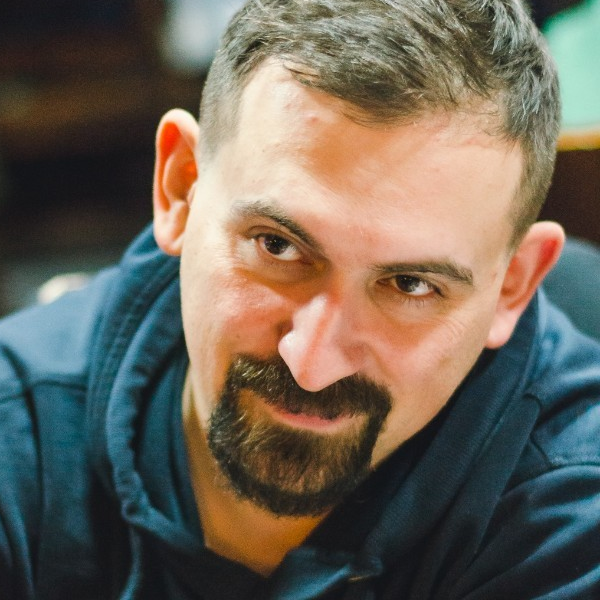
Maksym Horban, Senior Game Designer for Watch Dogs: Legion, explains how his team helped push the Watch Dogs brand to the next level with accessibility improvements, securing recognition from Can I Play That’s for “Most Improvement in Accessibility in a Series.”
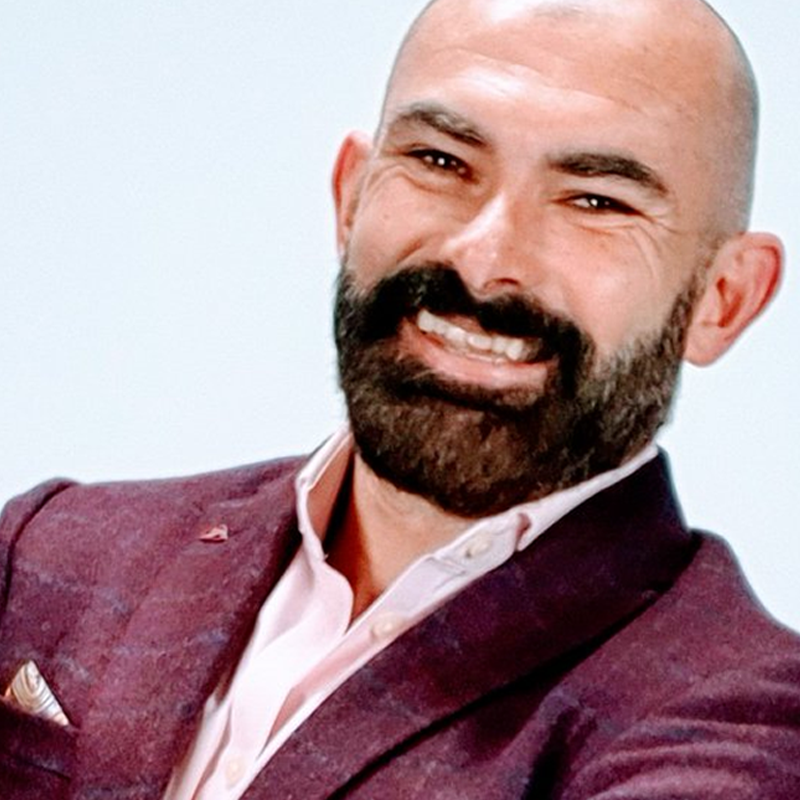
Accessibility isn’t just about the hardware, it should be inbuilt to Game Design. With two young disabled gamers in the house, I’ve seen my daughter struggle to progress in games due to reaction-based timing, while my younger son could benefit from unloseable adventures to build his confidence in the genre. We need to rethink how gaming should be accessible by design.

A general introduction to academic research, how it can contribute to game development, and will summarize recent trends in HCI and Games Research that focus on games and disability. Drawing from these examples, the talk closes with a reflection on what can (and cannot) be learned from these projects, and how researchers and game developers can join forces and bridge the gap between theory and practice to create games that provide meaningful experiences for all players.
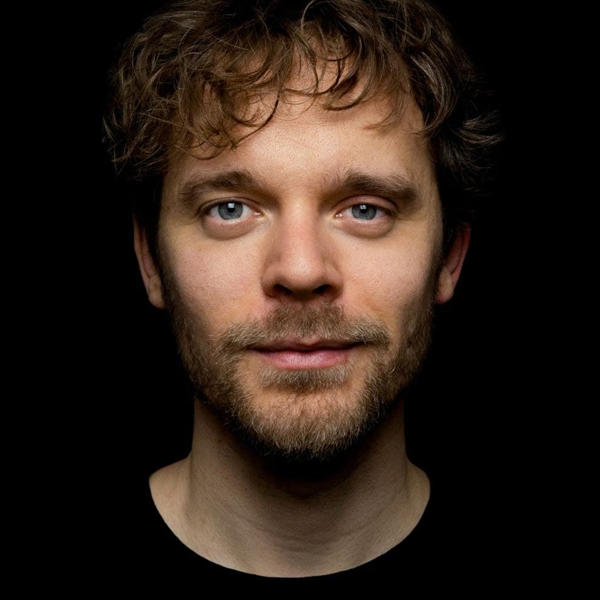
In this presentation, Jim talks about his journey as an indie gamedev and how he used the fundamentals of agile software development to make Raskal Games’ accessible indie puzzler Ekstase.
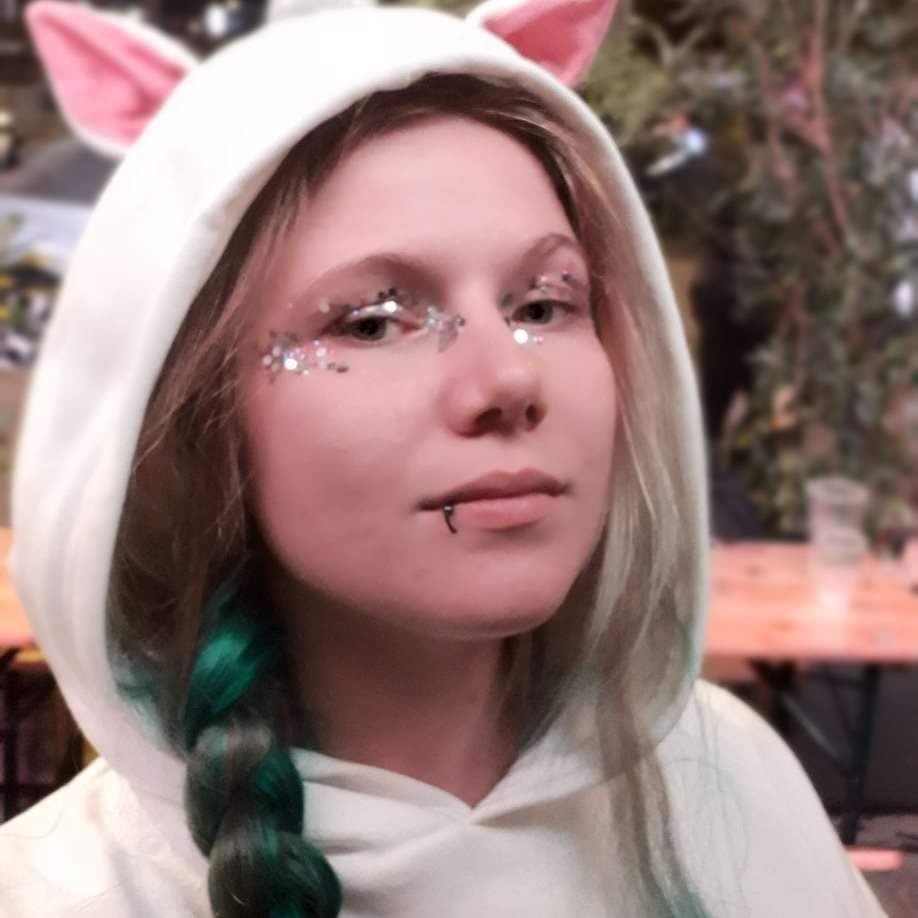
This session shares an overview of the diverse and multidisciplinary accessibility work by dedicated French non-profit association CapGame, from its founding in 2013 to present day.

Join Deaf & hard of hearing panellists Ben, Chris, Anni and Nicki to learn from their lived experiences of games and the culture and events that surround them.
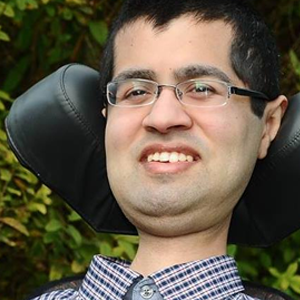
An insight into gaming with muscle weakness and what types of accessibility features are vital for me and the games that include them. This will provide a greater understanding for game developers to design games for people with muscle weakness and mobility issues.

The addition of the accessibility menu to Candy Crush Friends Saga gave us the opportunity to connect with players and create a direct channel for their accessibility feedback.
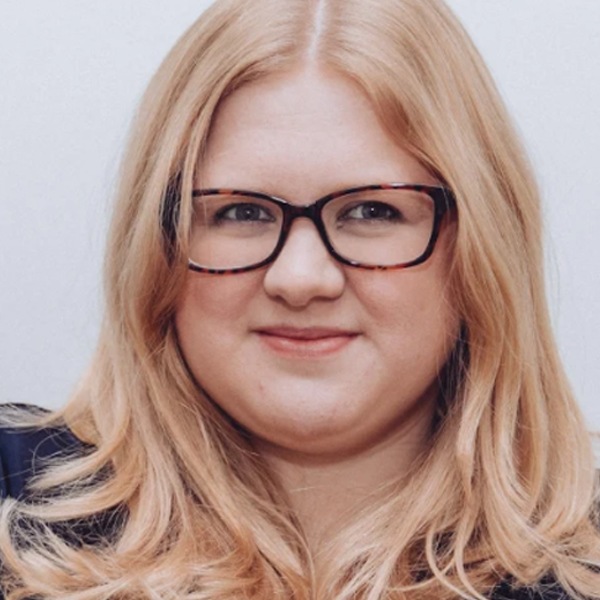
As a Blind Button Masher I spend a fair amount of time lost in virtual worlds! Unfortunately I can’t transport my trusty Guide Dog Ava to 9th century England, dystopian Seattle or Marvel’s New York. This talk will explore what can be done to improve navigation and wayfinding. Whether it’s maps, camera angles or HUDs, let’s explore how to design games for those of us that like to ask for directions!
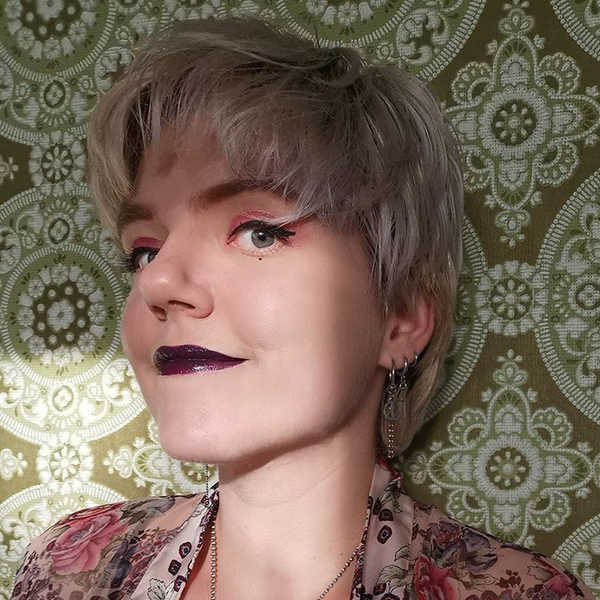
This talk shares some impressions of how player feedback influenced post-launch implementation of additional accessibility options in Remedy Entertainment’s award-winning Control, and the positive impact that the inclusion of the Assist Mode had on player retention.
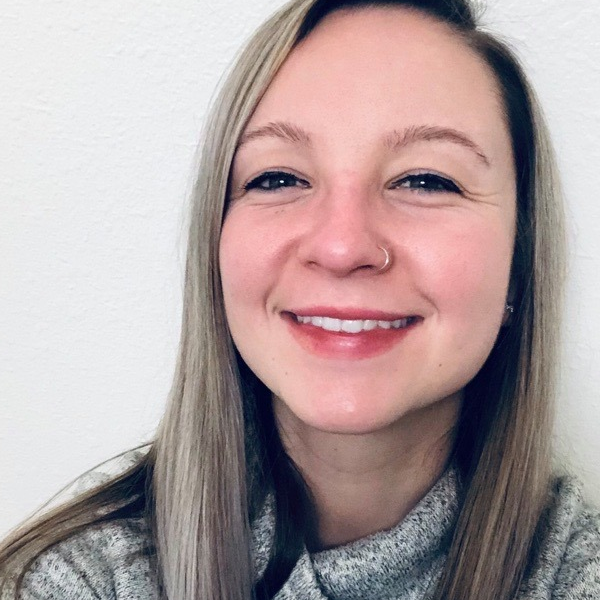
The last year brought several changes and additions to Microsoft’s game accessibility offerings. This talk will cover the recent updates to the Xbox Accessibility Guidelines with information on how and why they were updated as well as an overview of the new content. In addition, the new Microsoft Game Accessibility Testing Service will be discussed, explaining how the program came to be and how developers can utilize it to make even more inclusive, delightful games.
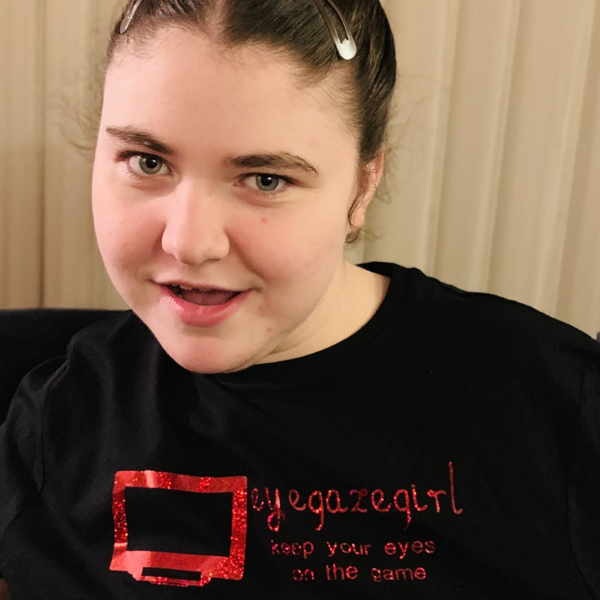
In this talk, I will discuss why it is important for video games to be accessible to eye gaze users, and share my experiences of playing various computer games with my eyes. From my involvement in the development of the EyeMine interface to Minecraft, I will give insight into what makes a game eye gaze accessible, and talk about some of the things developers need to think about when designing a game.